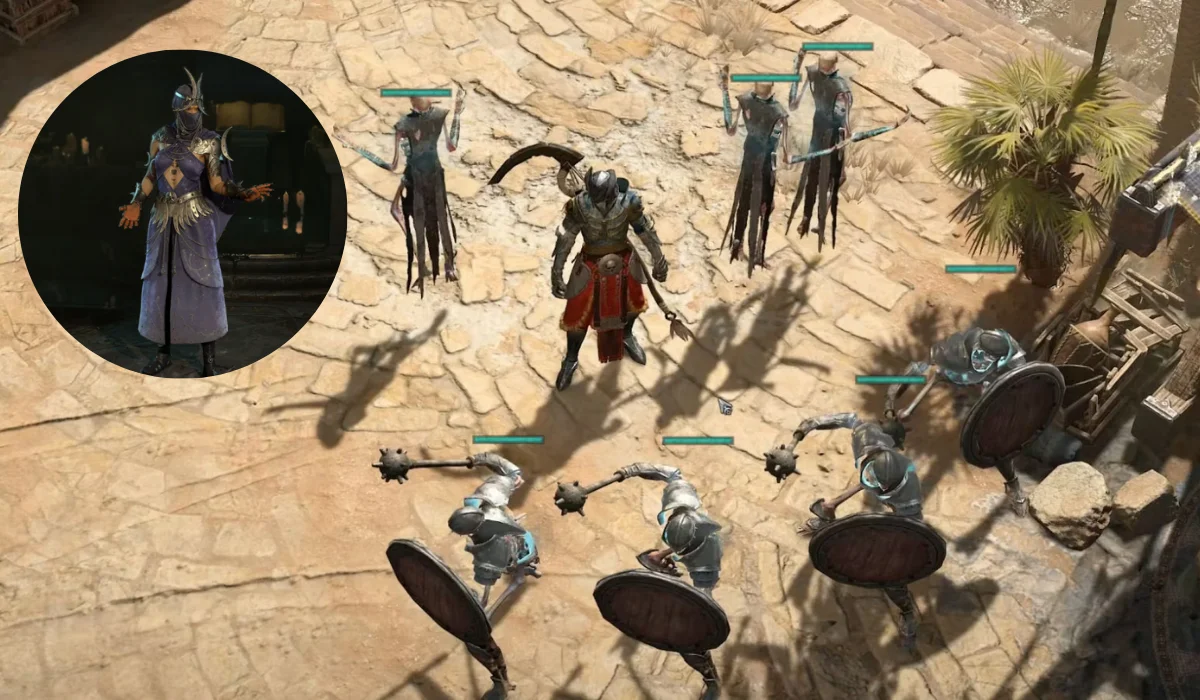What is SFM Compile?
When you combine your SFM Compilation project files with our tool, it creates renderable output. Your SFM projects contain models, animations, textures, lights, and sound files that you work with during scene creation. All source files must go through packaging and preparation steps to be converted into formats that the Source engine can read and use to generate video output.
The build process needs all raw assets before they are converted into efficient data for rendering. This ensures that when your project is compiled, the game engine reads and displays your project correctly.
What is the value of compilation to Source filmmakers?
Compilation is essential in SFM because it serves two main purposes:
1. Optimize performance
During SFM compilation, you process the contents of your project and optimize it for faster rendering performance. This process reduces performance issues so that your animation runs better during playback and export.
2. Create correct output formats
Only a subset of your assets can be used in Source Engine applications without special processing. The Source Engine requires that you convert animations to supported output formats such as .qc or .mdl files. The SFM compiler ensures that all of your assets are properly formatted and structured for proper display and use in the game engine.
SFM compilation process explained
The SFM compilation process can be broken down into several steps:
Step 1: You need to set up your scene with all resources
To begin compiling, you need to verify that all of your resources are correctly entered into the SFM software database. The SFM compiler requires all game resources, including models, textures, animations, sound effects, and light sources.
Models: Make sure that models are provided with appropriate bone connections in their approved file type (.mdl).
Textures: Use .vtf files for your textures as they work with the Source engine.
Animations: Source must accept final animation files, which are usually in .smd or .anim format.
Sounds and Music: Use direct links to connect your scene to supported audio file types, including WAV and MP3.
Make sure you link all of your assets correctly to the SFM project files. If the build fails, a file may be missing or the connection input is incorrect.
Step 2: Using the SFM Compiler
Once you have your scene and assets organized, it’s time to move on to the SFM compiler tool. The SFM compiler is usually located in the Source Filmmaker/SDK folder and combines Source models, animations and textures into formats readable by the Source engine.
Model compilation: Most SFM models need to be converted to MDL files using the tool. The Studiomdl utility converts your raw SMD format files through its processing steps into the finished MDL files that Source Engine requires. Source Engine needs this format to read 3D models.
Compiling animations: If you are developing original animations, you need to convert them to .ani or .smd file types for Source Engine preparation. These formats contain animation data and allow the data to be used with SFM models.
Texture compilation: SFM requires users to work with .vtf texture files, which are the standard image format here. All textures must go through the VTFEdit tool before they can perform their function in the scene. VTFEdit prepares textures for reliable work on Source Engine platforms.
Step 3: Error checking and troubleshooting
When running the build, you may encounter error messages and warnings every time you run it. The SFM compiler provides output logging to help identify and troubleshoot errors.
Some common errors include:
Missing assets – If you forget to add an asset, the compiler will tell you that the file cannot be found.
Invalid file format: The compiler requires the correct file formats to work, but will stop working if there are format issues.
Outdated scripts: Outdated scripts in the scene can prevent the build process from running. Constantly update your entire script library with the latest versions.
Examine your output log carefully to find out why the build process failed.
Step 4: Render your animation
After your assets successfully pass compilation, you can begin rendering the animation. After you assemble your files, convert them to video formats such as .mp4 or .avi by rendering.
During rendering, SFM uses the generated assets to present the animation while creating the final result. Your computer’s rendering process depends on the number of objects in your scene and the power of your machine.
Typical SFM compilation errors and how to avoid them
Although the SFM compilation process is straightforward, some common errors can occur. We will analyze typical SFM problems and their solutions.
1. Unoptimized resources
Source Filmmaker needs optimized resources to avoid crashes during the compilation process. Large textures and high-polygon models take too long to complete. Keep your Source Filmmaker assets optimized so they run smoothly in operation. Reduce texture details and model complexity to increase performance.
2. Mismatched file formats
A single resource requires a dedicated file format that you must use during compilation. If you try to import incompatible file types into SFM, the build process will abort. Please make sure you provide the appropriate files for your model’s textures and animations before you start building.
3. Incorrect folder structure
Users often experience problems because their resource files are not organized properly. SFM requires models to remain in their dedicated file folders and textures and sound effects to be separated. The compiler must find the resources in the correct order. If folders are misplaced, the program will display warnings about missing items.
4. Missing or outdated dependencies
Some custom scripts in your SFM work based on specific files or tools that you must install when using them. If the build depends on missing or old library files, it will stop working. Always keep your script files up to date and install working dependencies.
5. Rendering errors
If you build your project with insufficient system resources, the rendering process will stop working properly. Make sure your hardware can handle SFM displays well, including demanding scenes and high image quality. Users can avoid this problem by reducing the scene quality settings.
Best Practices for Efficient SFM Compilation
To make the SFM build process smoother and more efficient, you should follow these best practices:
1. Keep a Clean Project File
Organize your project work better by placing related assets into separate groups. To better manage your project layout, place different types of content in specific folders. This arrangement makes it easier to identify and resolve issues as you assemble your work.
2. Use Prefabs and Libraries
When working with multiple scenes and projects, keep Unity asset and prefab libraries on hand to easily share assets between files. Your workflow will be faster as you won’t have to import assets multiple times while maintaining project consistency.
3. Test in Small Sections
Test small groups of assets or individual parts of your scene before working through the full build process. Breaking your work down into smaller chunks will help you identify issues faster and make troubleshooting easier.
4. Optimize for speed
Look at the configuration of assets and scene elements to reduce compilation processing time. To speed up rendering, reduce texture size, use simpler models, and plan efficiently.
5. Check logs regularly
Check compiler logs daily for error messages and warnings. Regularly checking your log will help you quickly identify problems and produce better results for future projects.
Conclusion
In Source Filmmaker, you compile functions to turn your raw data into finished animations before rendering. Learning the basics of compilation and troubleshooting will help you develop a better animation production process. With the right preparation and tools, mastering the SFM compilation process is a critical step toward mastering Source Filmmaker and unlocking your full creative potential.
The creation process must be customized, as there is no one-size-fits-all solution. Repeating build tasks improves your workflow so that build eventually becomes a regular part of your animation work.











